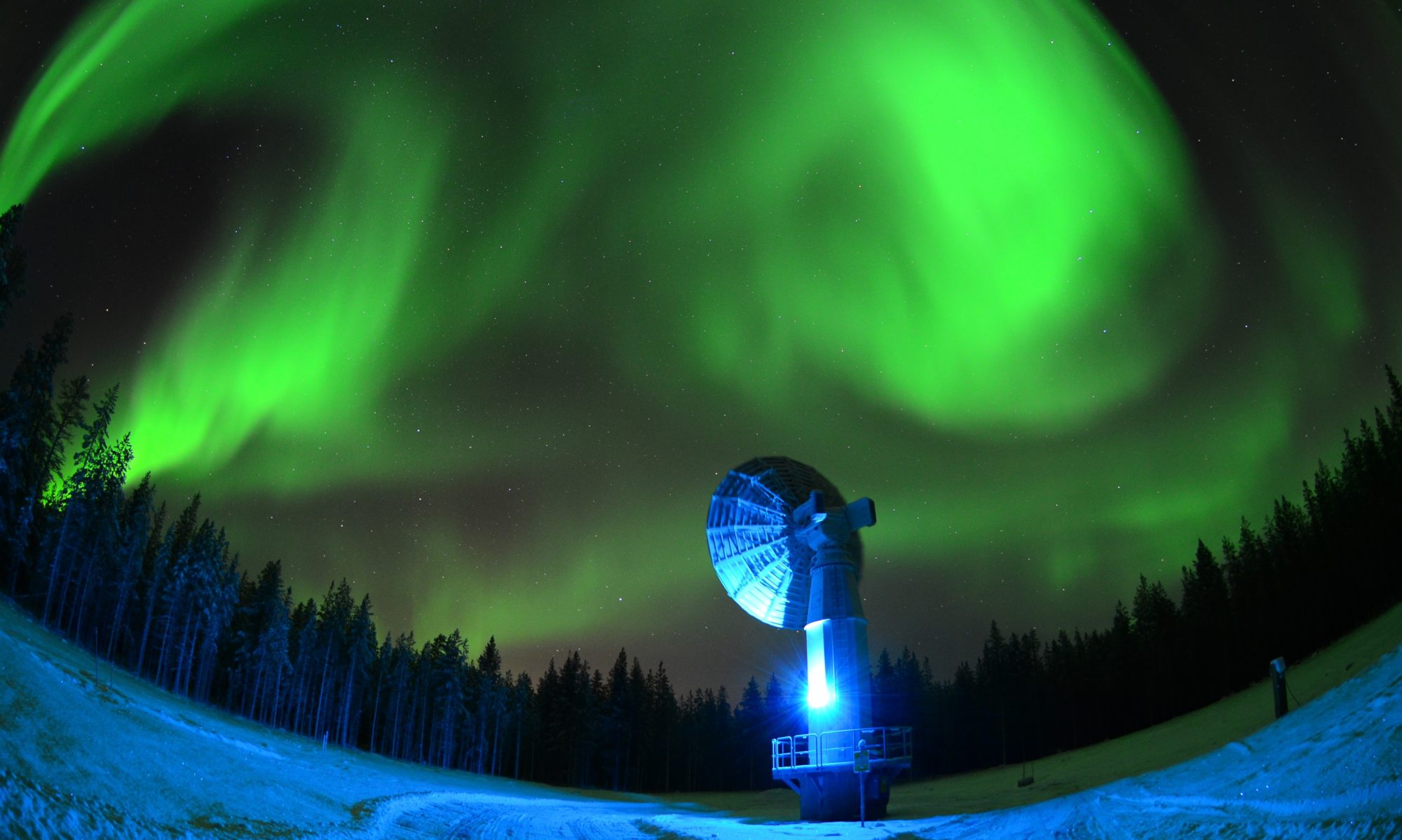Climate change is likely to increase extreme fire weather at the northern high latitudes and the risk, frequency and severity of Arctic wildfires.

Wildfires release significant amounts of pollution into the atmosphere with, for example, a total estimate of 16 million tonnes of carbon emissions from Arctic wildfires in 2021. These were the fourth-highest emissions in the Copernicus Atmosphere Monitoring Service’s (CAMS) 18-year Global Fire Assimilation System GFAS dataset dating back to 2003. The record activity for Arctic wildfires in 2020 with estimated 58 million tonnes of carbon emitted shows how severe effect Arctic wildfires can potentially have in the future. To compare, in 2020 Finland’s total annual carbon emissions were around 40 million tonnes.

The figure above shows the locations of 2021 Arctic wildfire activity in June-August season with drier-than-average/wetter-than average soil conditions (reference period 1991-2020), where the most intense wildfires occur mostly in areas with drier soils. Smoke from wildfires can reach areas thousands of kilometers from the source fire, affecting air quality in larger regions. In summer 2021, the smoke released by wildfires in eastern Siberia was transported over large distances in the Arctic, as can be seen in the figures below.

According to the Intergovernmental Panel on Climate Change 6th Assessment Report (IPCC AR6) Working Group 2, ”widespread, pervasive impacts to ecosystems, people, settlements, and infrastructure have resulted from observed increases in the frequency and intensity of climate and weather extremes”, including fire weather. Arctic wildfires threaten especially Indigenous and other Arctic communities whose livelihood depends on the nature. Understanding, monitoring and predicting future Arctic wildfires is important for fire management, infrastructure planning, local communities and ecosystems.
In Arctic PASSION (Pan-Arctic Observing System of Systems) project one focus point is Arctic wildfires. Example actions within Arctic PASSION are developing Integrated Fire Risk Management (INFRA) Pilot Service and co-defining Shared Arctic Variable (SAV) Wildfire with an expert panel of global, regional, indigenous and local voices and interests. In September 2022, an expert panel from Finland is gathering together to discuss Wildfire SAV and will later share their results with wider user groups in Arctic Circle Assembly 2022. News on Finland’s Wildfire SAV gathering will be posted here in October.
Image credits CAMS/C3S/ECMWF.
Based on an online article Arctic in 2021: Wildfires (Copernicus Climate Bulletin).
Read more:
Arctic PASSION project website
Reviews and syntheses: Arctic fire regimes and emissions in the 21st century (McCarty et al., 2021)
IPCC’s 2019 Special Report on the Ocean and Cryosphere in a Changing Climate (Meredith et al., 2019).
